#precambrian
Text

Nigiri them
277 notes
·
View notes
Text

cambrian explosion stickers this month...
if you would like these you have until 12/1 to sign up on my patreon :]
I will mail them to ya as always
#cambrian explosion#precambrian#anomalocaris#dickinsonia#spore#opabinia#stickers#sticker club#pc games#kabuto#lileep#pokemon
234 notes
·
View notes
Text
Banded Iron Formation

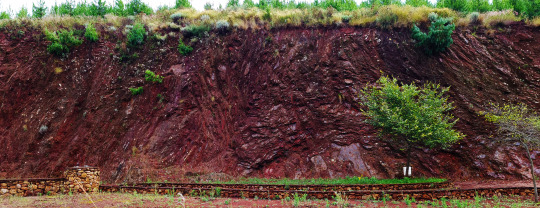
Here's a photo of a beautiful 3.4 Ga banded iron formation from the Barberton Geo Trail, South Africa. It's heavily weathered, but there was still some green underneath the oxides. Exposure is ~3m high. #Geology
61 notes
·
View notes
Text
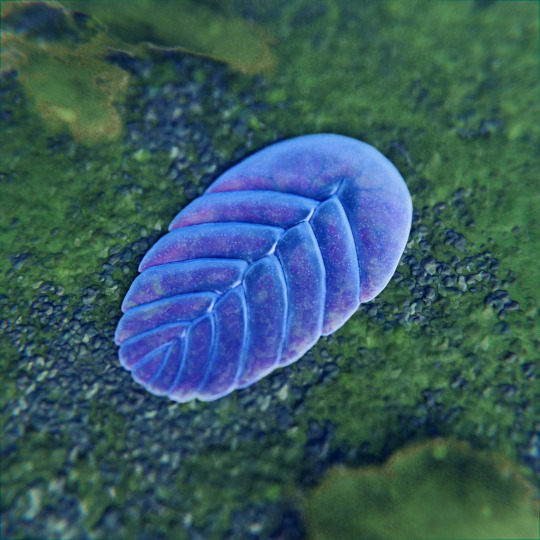
Vendia sokolovi, a 1 cm-long enigmatic* organism from the upper Ediacaran of Russia (displaying the 'glide symmetry' characteristic of many Ediacaran forms), feeding (?) on the bacterial mats that used to be widespread before the Cambrian explosion.
*as Ediacaran organisms tend to be, alas
Some art I made a long time ago but still find kind of neat.
References:
Ivantsov, A. (2001). Vendia and Other Precambrian 'Arthropods'. Paleontological Journal, 35(4), 335-343. https://www.academia.edu/2605872/Vendia_and_Other_Precambrian_Arthropods_
Ivantsov, A. (2004). New Proarticulata from the Vendian of the Arkhangel’sk Region. Paleontological Journal, 38(3), 247–253.
#vendia#proarticulata#ediacaran biota#whatever they are#ediacaran#proterozoic#precambrian#paleontology#palaeoblr#paleoart#my art
405 notes
·
View notes
Photo




Some details from a mural I did along the side of my bed. Going for the vibe of those old science museum pieces where they scroll through all the different eras of earth history...
#prehistoric#cambrian#precambrian#silurian#devonian#ordovician#nautilus#opabinia#anomalocaris#dickinsonia#sea pen#eurypterid#dunkleosteus
711 notes
·
View notes
Text


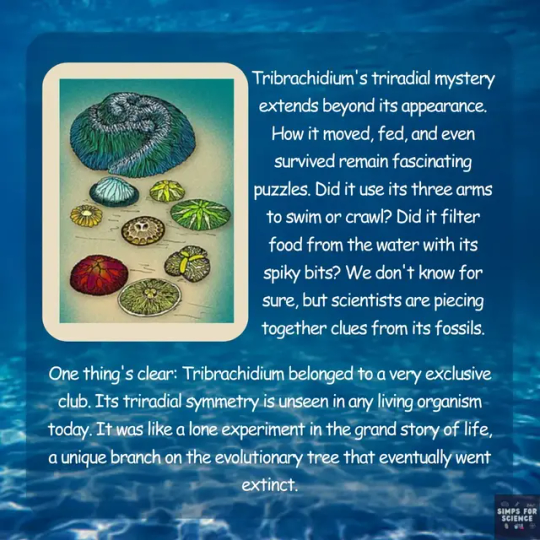

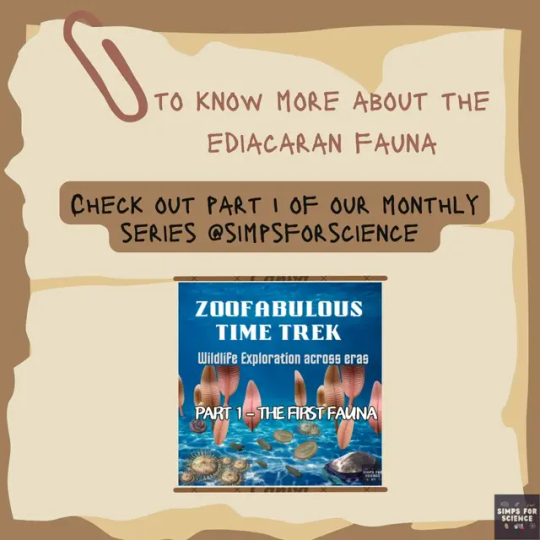
The strokes from Evolution's paintbrush🖌️ created a kaleidoscope of animal body symmetries. 🎨 Triradial symmetry is the rarest and most intriguing of them all !😃 Swipe➡️ to dive deeper🤿 into this rarest marvel of the animal world.To know more about the ancient animals, follow our monthly 🗓️series - Zoofabulous Time Trek!
📸Image credits:
1. Apokryltaros, Wikimedia commons
2. Aleksey Nagovitsyn, Wikimedia commons
3. Ghedoghedo, Wikimedia commons
4. Nobu Tamura, Wikimedia commons
#education#science#science facts#study blog#research scientist#discover#scicomm#zoology#earth#animals#symmetry#fauna#wildlife#precambrian#ediacaran#explore#evolution#paleontology#archaeology#fossils#biology#ancient animals#nature#charles darwin#geology
56 notes
·
View notes
Text

Charnwood Forest
Leicestershire, England, circa 560 million years ago. A fossil found here in 1956 by a local, Tina Negus, turned out to be the first solid evidence that complex lifeforms existed before the Cambrian Period. Subsequent discoveries hint that the site was a deep-water environment hosting a myriad of organisms.
174 notes
·
View notes
Text

i made a meme
#mine#spriggina#ediacaran#australian prehistory#paleoblr#paleo meme#paleontology#precambrian#cambrian#image
106 notes
·
View notes
Text
Screw returning to monkey. Return to dickinsonia.
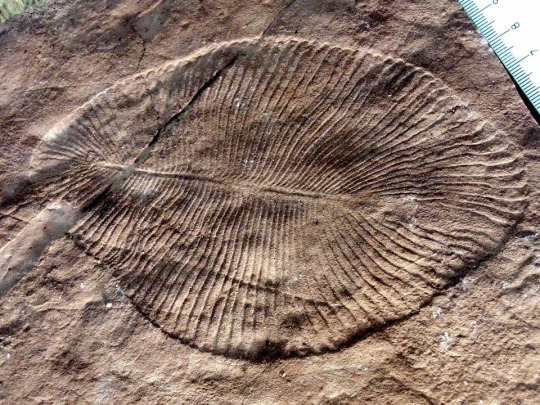
Moisturized. In her lane. Barely comprehensible.
#disclaimer i know we're not descended from these guys lmao#ediacaran#ediacaran biota#dickinsonia#precambrian#prehistory#paleontology#geology
124 notes
·
View notes
Text
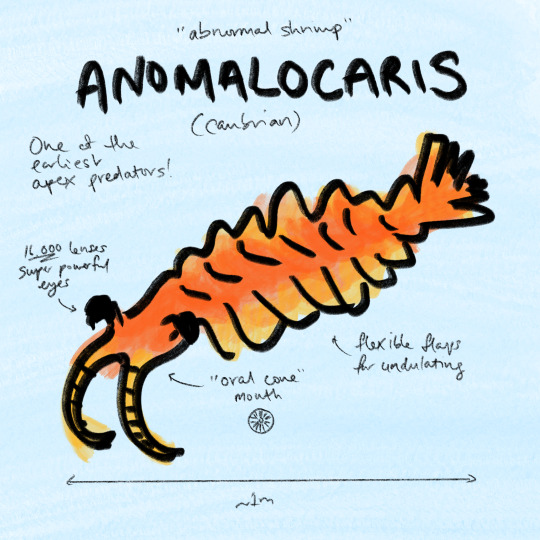
a fossil a day keeps the sad vibes away
#fossil art#paleoart#paleontology#prehistoric#precambrian#illustration#illustrators on tumblr#anomalocaris#art#paleozoic pals#dinovember#dinovember 2022#mine#palaeoblr
288 notes
·
View notes
Text
Precambrian fauna
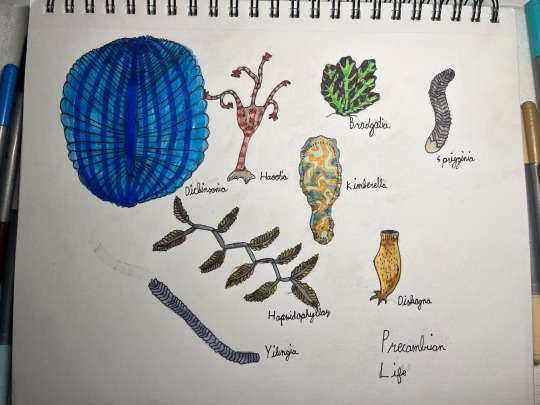
#paleo meme#paleo art#paleontologist#paleostream#paleobird#paleomedia#paleoblr#paleoillustration#paleoart#paleontology#precambrian#dickinsonia#cambrian#speculative evolution#specposium#speculative ecology#spec evo#spec bio#spectember#speculative biology#speculative zoology#extinct species#alien species
32 notes
·
View notes
Text

Snorkeling in the Precambrian
98 notes
·
View notes
Text
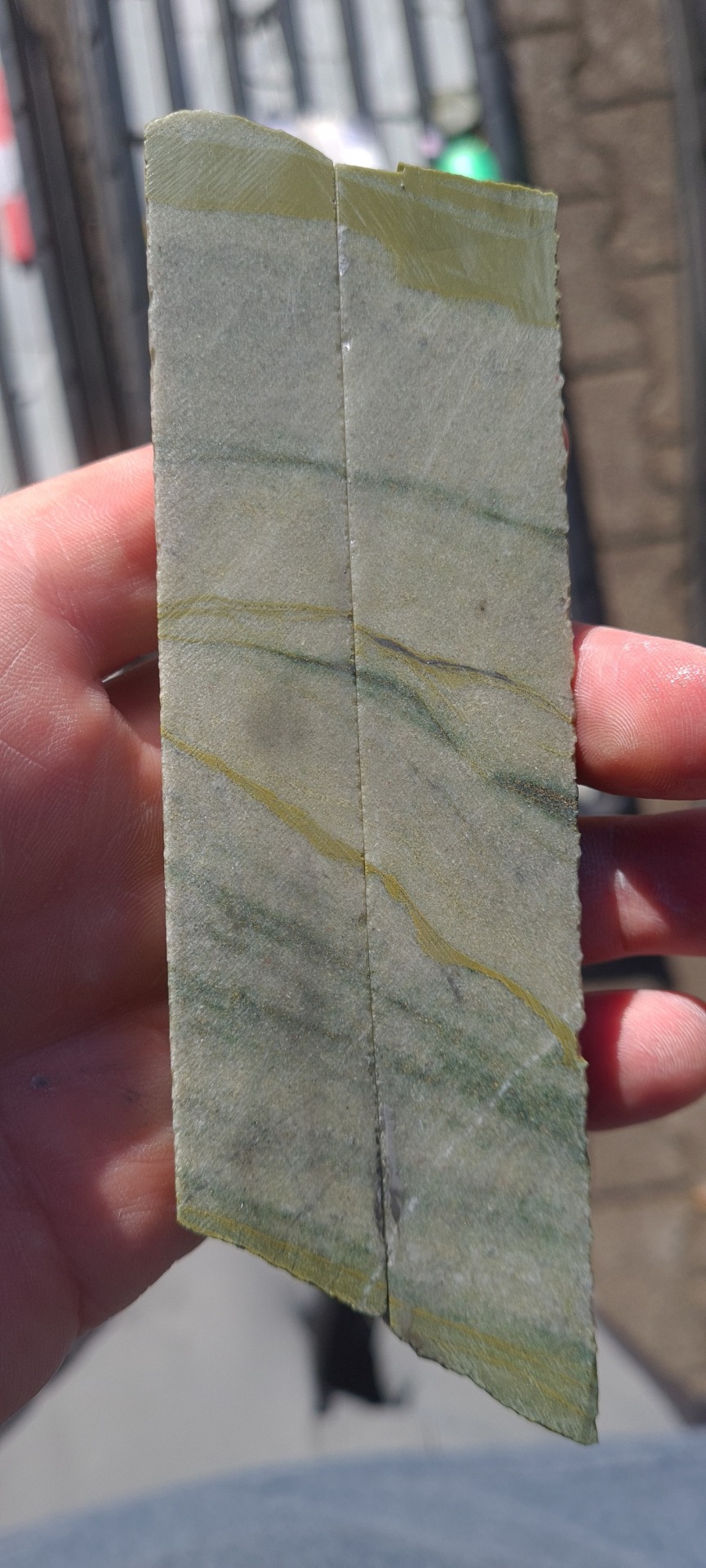


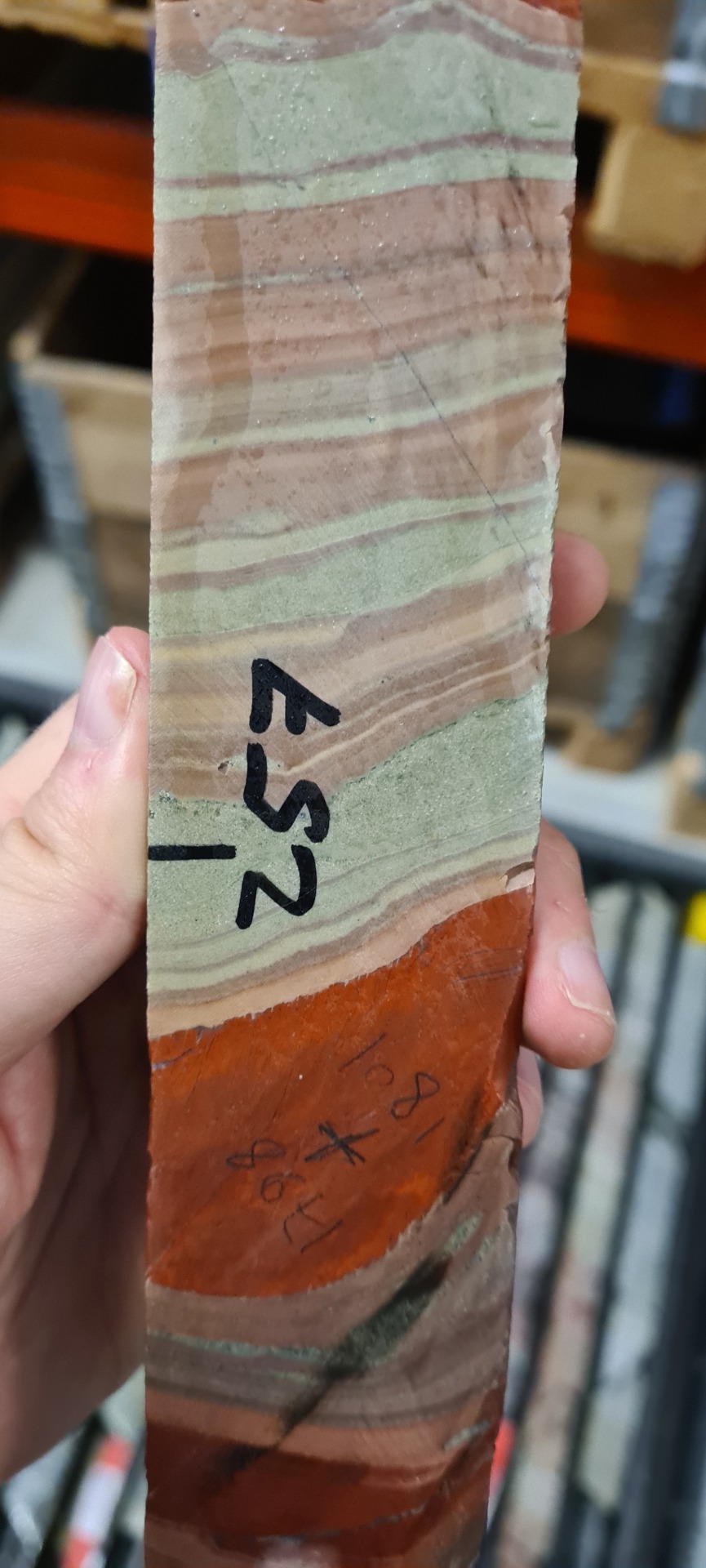
I've been working as part of the BASE project for the last 18 months, drilling the 3.22 billion year old Moodies group in South Africa to get fresh unweathered material in the least deformed sections. We finished drilling late last year, and last week we were able to sample the core.
To say this material is well preserved is an understatement. It's better preserved than some Phanerozoic material I've worked with.
My role will be to look for organic walled microfossils in the fine grained sedimentary rocks. Previous researchers found some large organic spheres in the Moodies in 2010, but those rocks were from a gold mine and the spheres were badly preserved. Our material has not been affected by hydrothermal gold mineralisation so we are hoping to find some nice fossils. Regardless, as you can see below, the microbial textures are beautifully preserved with lots of primary features.
Click on each photo to read the explanation in the caption.
You can learn more about the BASE project here https://www.facebook.com/profile.php?id=100076245104891
Here's the paper talking about the fossils from 2010
#geology#geologyjohnson#palaeontology#precambrian#fossils#fossilfriday#acritarch#archean#south africa#micro fossil#microbial#microbialmat
118 notes
·
View notes
Text

The Paleoarchean era lasted from 3.6 to 3.2 billion years ago. As the sea levels rose and the crust continued to cool, the Earth's first major landmass would form. Today we call it Vaalbara. We don't know what this landmass would have looked like but we do know it was at least made up of southern Africa and western Australia.
Though life may have begun a few million years earlier, from this period we have the earliest evidence of life in the form of stromatolites. Fossilized mats of microbial organisms forming bizarre rock-like structures that can be found today near the remnants of Vaalbara.
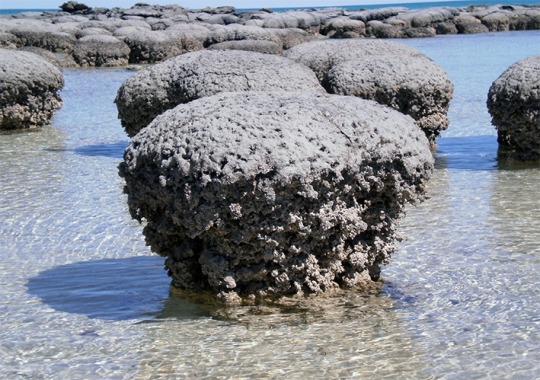
#Paleoarchean#journey through time#Precambrian#archean#Vaalbara#stromatolites#paleoart#paleontology#evolution
18 notes
·
View notes
Note
Thoughts on snowball earth?
scale of 1-10 for geologically significant paleoclimitalogial events?
How do you think algae survived them?
I think slushball is a little more likely than snowball
One of the most significant, since it seems we got "modern-type" (ediacaran to phanerozoic) life out of it; probably would rank it in the top five, but I'd have to think about it more
algae survived because slushball - some light made it through. that's my hypothesis anyway, but this isn't my field so I'm not an expert
25 notes
·
View notes
